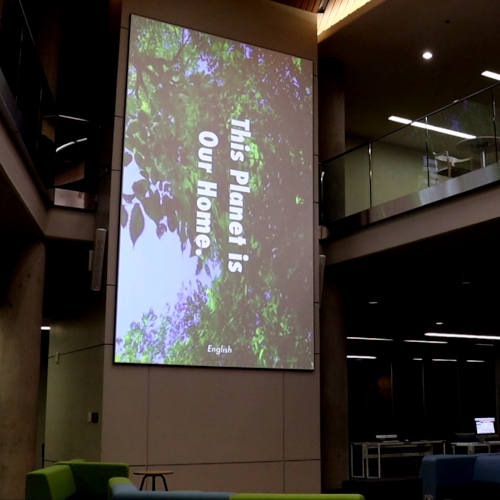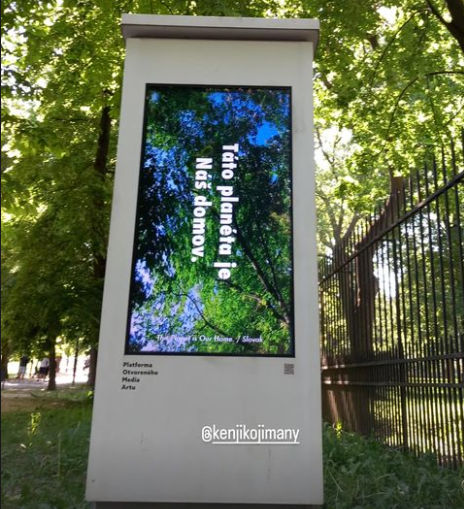Click on the image to select a video.
1.
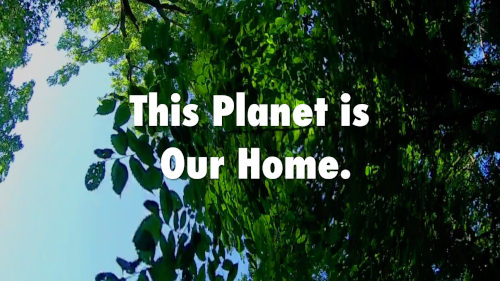 2.
2.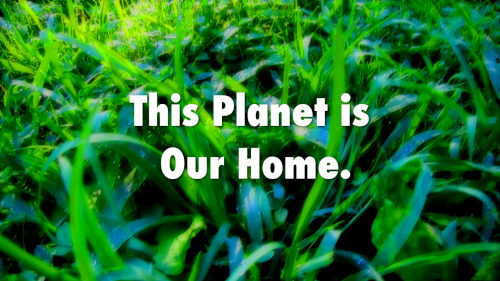 3.
3.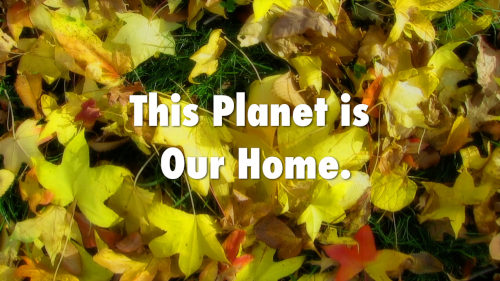
4.
 5.
5.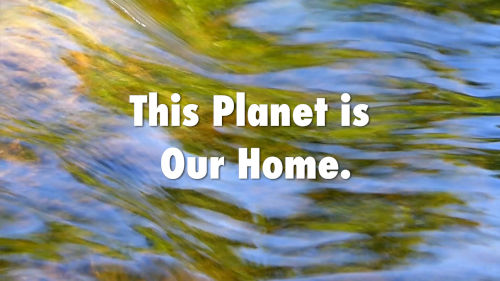
6.
 7.
7. 8.
8.
1. This Planet is Our Home / Walking in the Forest / 8:15 / 2024
2. This Planet is Our Home / In the Meadow / 8:15 / 2024
3. This Planet is Our Home / Colors of Fall / 8:15 / 2024
4. This Planet is Our Home / The First Snow / 8:15 / 2024
5. This Planet is Our Home / Strem / 8:15 / 2024
6. This Planet is Our Home / Five Backgrounds
w. Show Your Love! / 35:45 / 2024
7. This Planet is Our Home / Four Backgrounds
+ Greenback Free Material / 20:00 / 2024
8. This Planet is Our Home / PIKA DON / 3:35 / 2024
This Planet is Our Home / Wood, Grassland and Green Background Texts / 11:45 / 2025
This Planet is Our Home / Snow, Stream and Green Background Texts / 11:45 / 2025
2. This Planet is Our Home / In the Meadow / 8:15 / 2024
3. This Planet is Our Home / Colors of Fall / 8:15 / 2024
4. This Planet is Our Home / The First Snow / 8:15 / 2024
5. This Planet is Our Home / Strem / 8:15 / 2024
6. This Planet is Our Home / Five Backgrounds
w. Show Your Love! / 35:45 / 2024
7. This Planet is Our Home / Four Backgrounds
+ Greenback Free Material / 20:00 / 2024
8. This Planet is Our Home / PIKA DON / 3:35 / 2024
This Planet is Our Home / Wood, Grassland and Green Background Texts / 11:45 / 2025
This Planet is Our Home / Snow, Stream and Green Background Texts / 11:45 / 2025
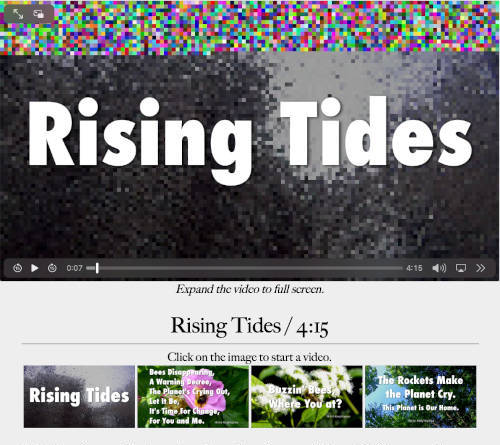
Rising Tides / The Rockets Make the Planet Cry
Climate Messages from Rap, Aria and Reggae
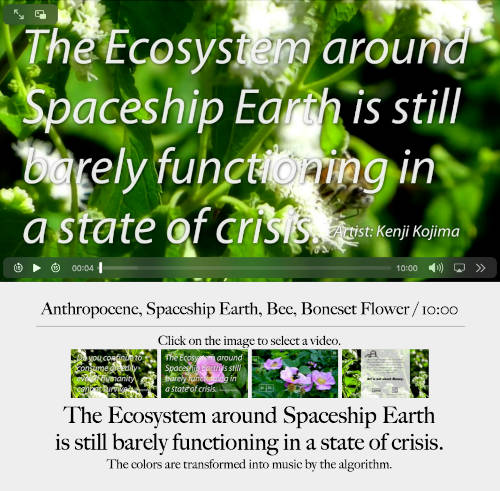
Anthropocene, Spaceship Earth, Bee
Participation in the "Anthropocene Project" in The New Museum of Networked Art.
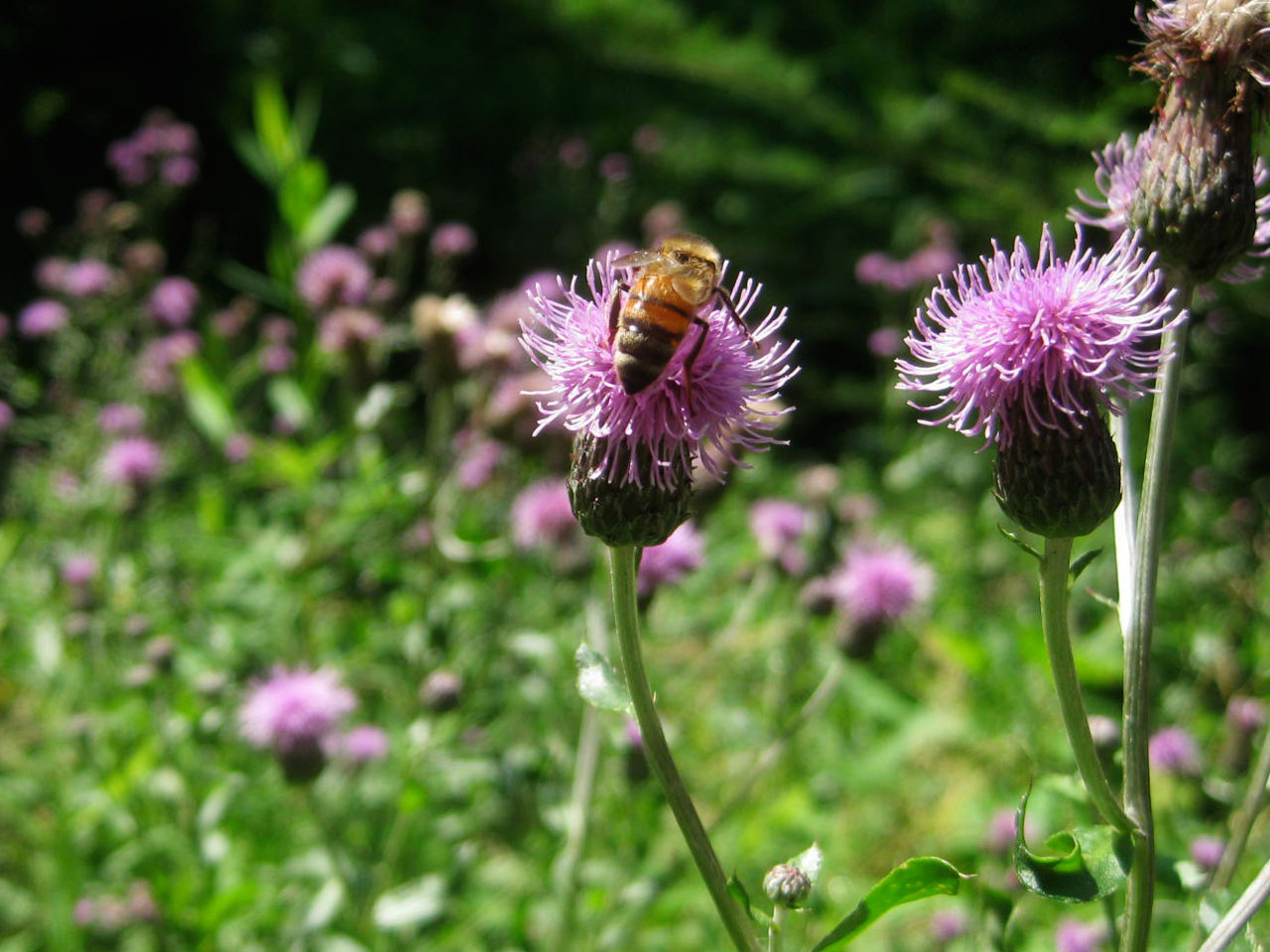
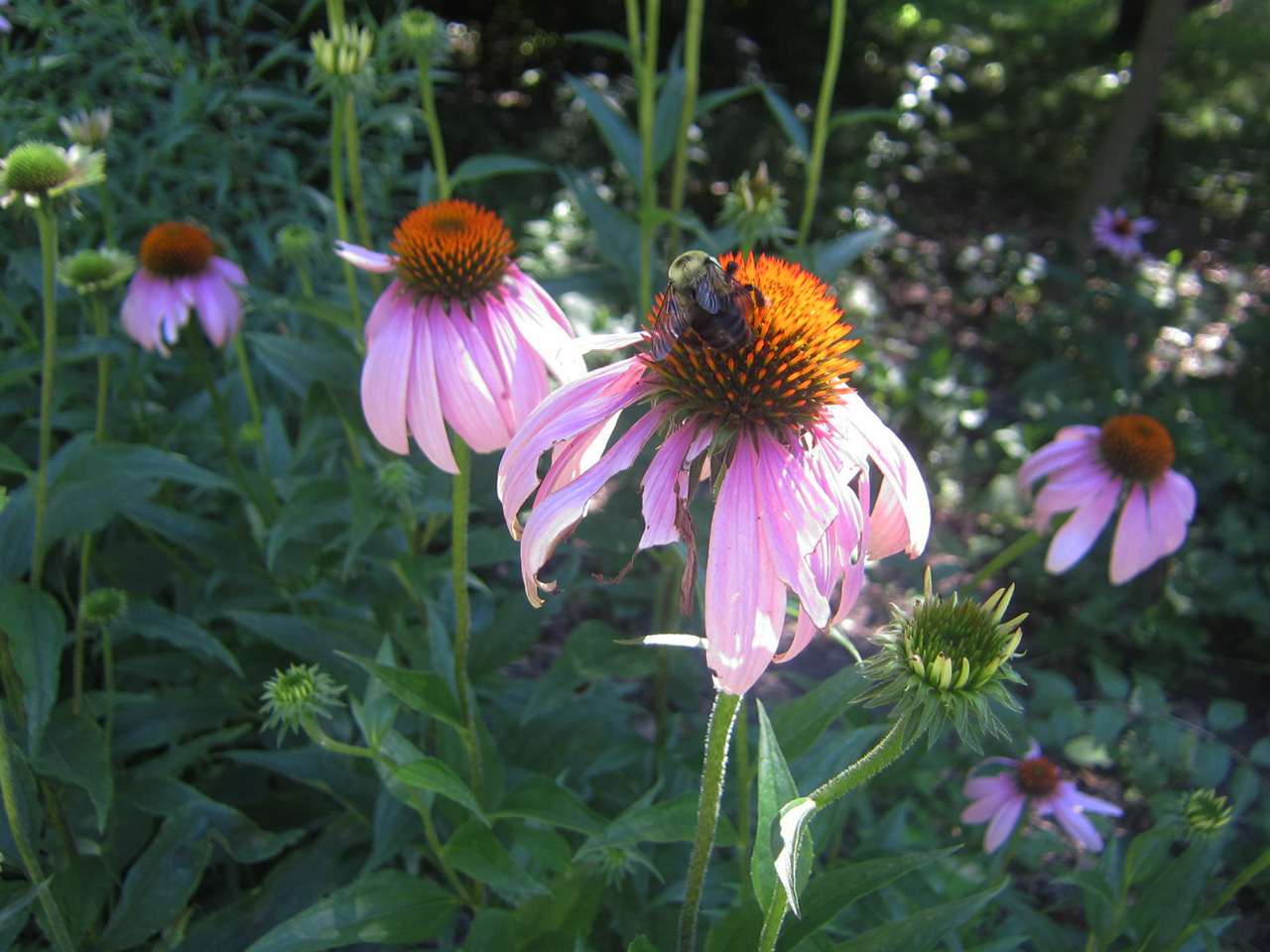

"420 Bee Photos Slideshow" 2011 -
The slide show depends on the day of the week. 60 photos x 7 days
 Series "Copy It, Share It!" is licensed under
Series "Copy It, Share It!" is licensed underCreative Commons Attribution 4.0 International License. Credit must be given to the creator.
 Please Support Kenji Kojima's Artworks.
Please Support Kenji Kojima's Artworks.
日本からのドネーションはここをクリック。 日本から任意の金額のドネーションはできません。
https://kenjikojima.com/
Email: index@kenjikojima.com
Bitwise Splitting and Merging of Pixels / Copy It, Share It! Mickey Mouse "Steamboat Willie"
